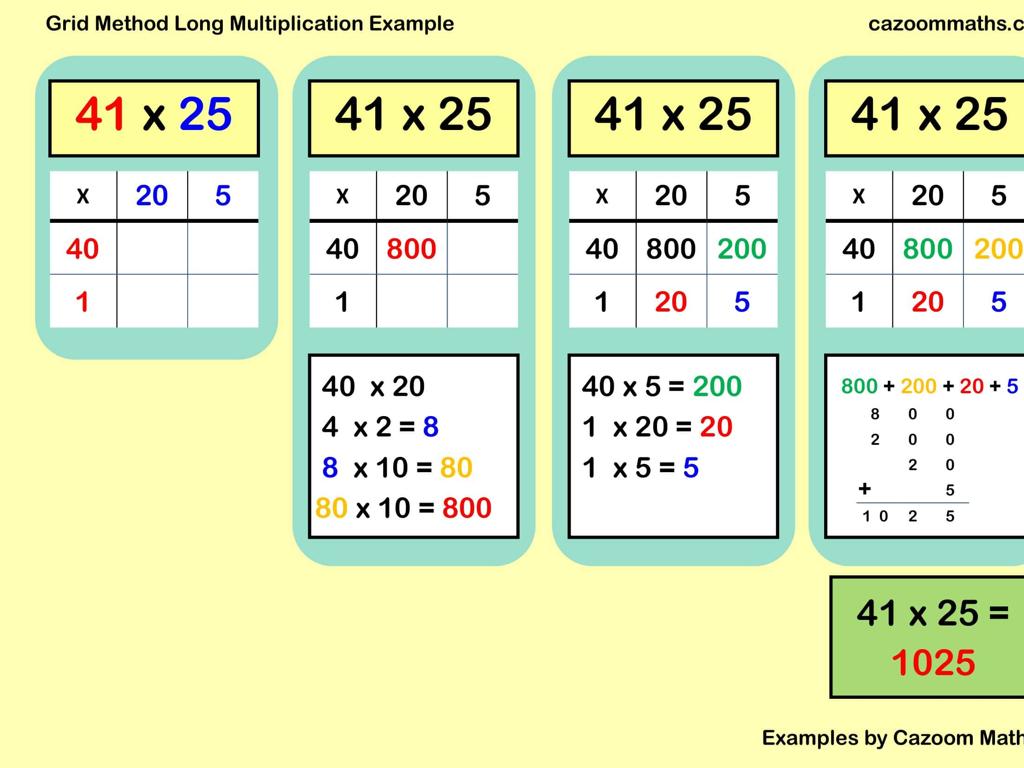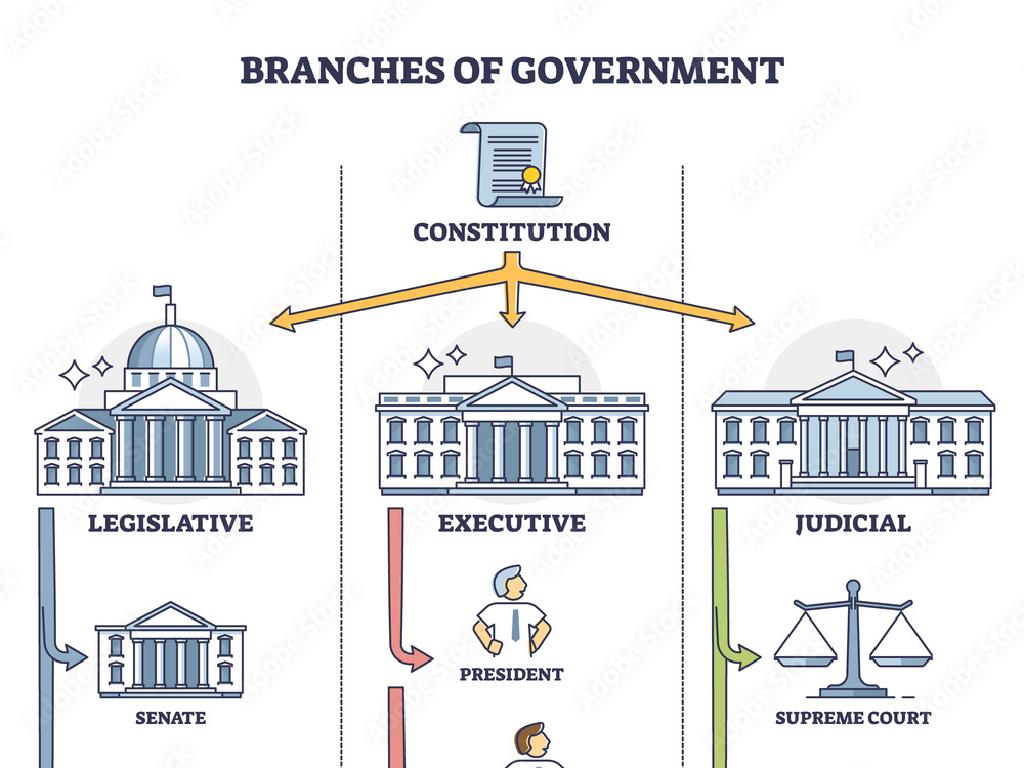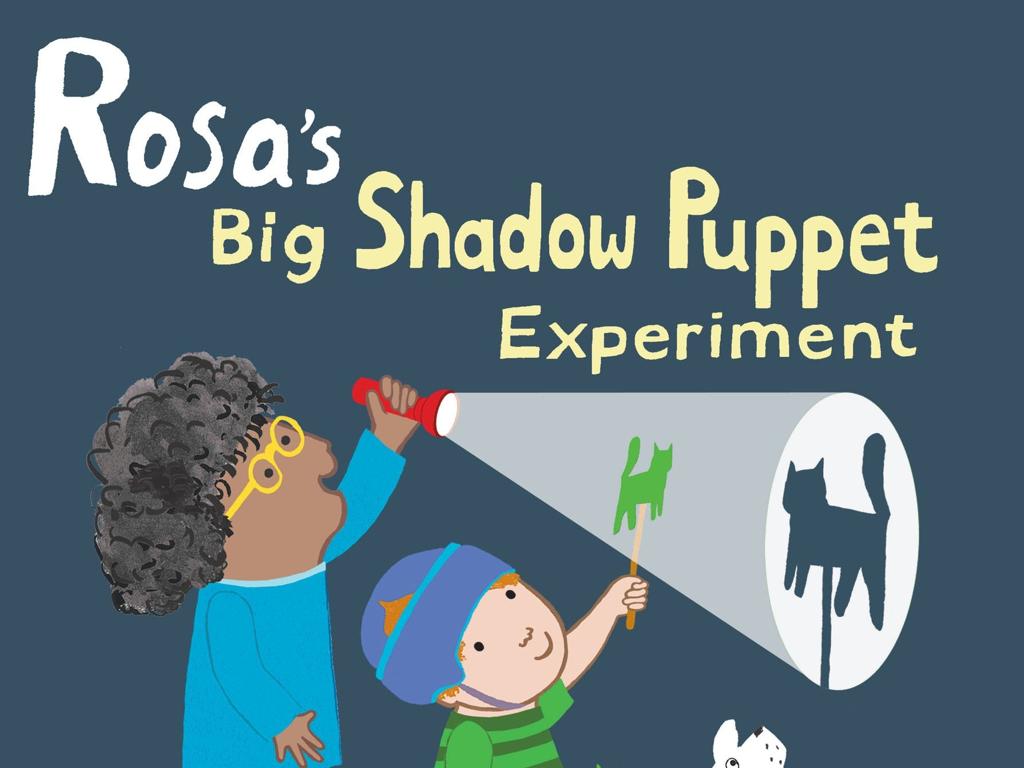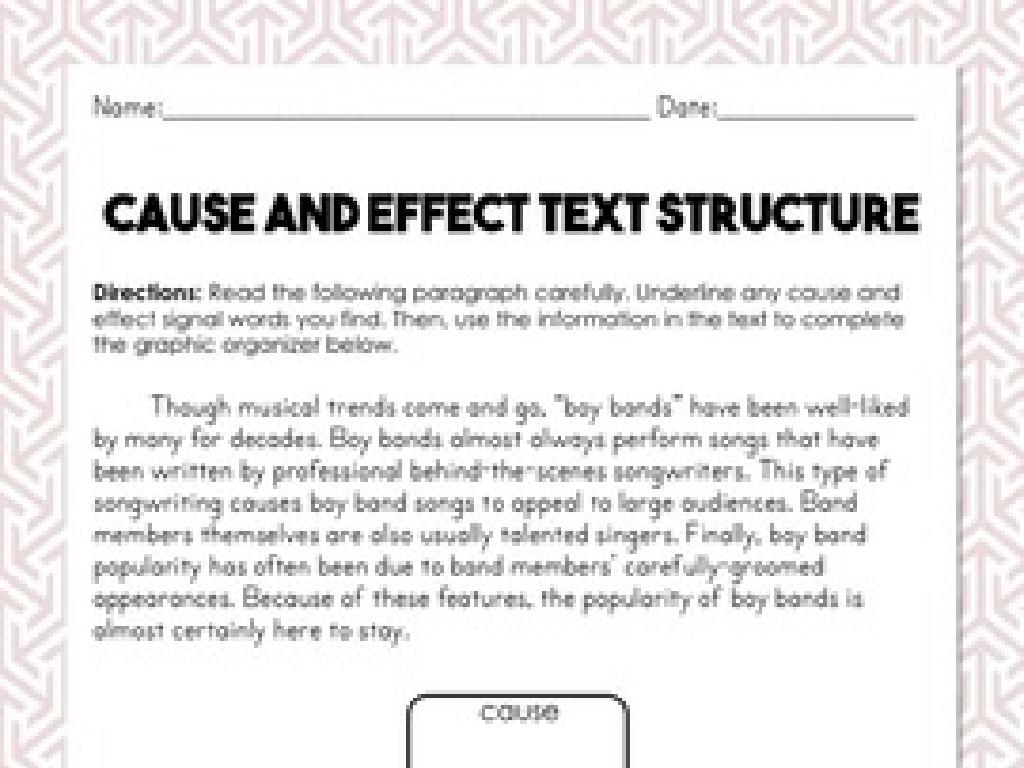Model And Write Addition Sentences For Word Problems - Sums Up To 10
Subject: Math
Grade: First grade
Topic: Addition Up To 10
Please LOG IN to download the presentation. Access is available to registered users only.
View More Content
Welcome to Addition!
– Learning to add numbers up to 10
– Addition means combining things
– Think of adding apples in a basket
– Using stories for addition practice
– Stories with characters who gather or combine items
– Discover total amounts with addition
– After adding, we count to see the total number
|
This slide introduces first graders to the concept of addition as a means of finding out how many items there are in total when two or more groups are combined. Use relatable examples like combining different colored blocks or adding more toys to a toy box. Incorporate simple word problems in the form of stories, such as two friends sharing snacks, to illustrate addition in a way that resonates with the students’ experiences. Emphasize that addition is just putting together and counting all the items. Encourage students to use their fingers or physical objects to practice adding numbers up to 10. The goal is to make them comfortable with the idea of addition before moving on to writing addition sentences.
What is Addition?
– Addition joins groups together
– Add with apples, books, fingers
– Imagine 2 apples in one hand, 3 in the other
– Adding finds total things
– Example: 2 apples + 3 apples
– 2 apples plus 3 apples equals 5 apples
|
This slide introduces the concept of addition to first graders by explaining it as the process of joining two or more groups. Use tangible examples like apples, books, or fingers to make the concept relatable. Emphasize that addition helps us find the total number of items we have. For instance, holding 2 apples in one hand and 3 in the other visually demonstrates addition, resulting in a total of 5 apples. Encourage students to use physical objects or their fingers to practice adding numbers up to 10. This hands-on approach will help solidify their understanding of basic addition.
Addition Words: Clues for Adding
– ‘Plus’ means to add together
– ‘And’ also tells us to add
– ‘Sum’ is the result of addition
– If you have 3 and add 2 more, the sum is 5
– ‘Altogether’ combines everything
– 4 toys plus 3 toys is 7 toys altogether
|
This slide introduces students to key vocabulary words that signal addition in word problems. Understanding these terms is crucial for solving addition problems correctly. Reinforce the concept that ‘plus’, ‘and’, ‘sum’, and ‘altogether’ are indicators that they need to combine numbers. Use manipulatives like counters or visual aids to help students see the concept of combining groups. Encourage students to listen for these words in word problems and to use them when they explain their thinking. During the lesson, present several word problems that use these terms and guide the students through the process of identifying the numbers to add and finding the sum.
Modeling Addition: Using Blocks
– Use objects to show addition
– Example: 2 blocks + 3 blocks
– We start with 2 blocks, then add 3 more
– Count total blocks together
– Let’s count: 1, 2, and then 3, 4, 5
– Understand addition visually
– Seeing the blocks helps us see what adding means
|
This slide is aimed at helping first graders understand the concept of addition by using tangible objects such as blocks. Start by explaining that addition is putting together amounts. Show them how to model the addition of 2 blocks plus 3 blocks by physically adding the blocks together or drawing them on the board. Ask the students to count all the blocks after they have been combined to find the total. Reinforce the idea that addition is combining two groups into one larger group. Encourage the students to visualize the process and understand that addition is not just about numbers, but about adding actual things together. This will help them grasp the concept of addition as they relate it to real-world scenarios.
Crafting Addition Sentences
– Elements of addition sentences
– Numbers, a plus sign, and an equals sign make an addition sentence.
– Example: 2 + 3 = 5
– Like a mini math story: two apples plus three apples make five apples.
– Create your own sentences
– Practice with sums up to 10
– Use objects like toys or fingers to make groups and add them together.
|
This slide introduces the structure of addition sentences to first graders. Start by explaining the components of an addition sentence: numbers, a plus sign, and an equals sign. Use simple examples with small numbers to illustrate the concept. Encourage students to use physical objects or drawings to visualize the addition process. For the activity, have students create their own addition sentences using items in the classroom or imaginary scenarios, ensuring the sums do not exceed 10. This hands-on approach helps solidify their understanding of addition within a relatable context.
Solving Word Problems: Adding Numbers Up to 10
– Word problems tell number stories
– Imagine a story where you have 3 apples and get 2 more. How many now?
– Find numbers in the story to add
– Look for clues like ‘altogether’ or ‘in total’ to find numbers to add.
– Let’s solve a problem together!
– We’ll read a story and figure out the addition sentence.
|
This slide introduces students to the concept of solving word problems involving addition up to 10. Start by explaining that a word problem is like a story involving numbers, and our job is to find and add those numbers. Use simple, relatable examples to illustrate this point. For instance, if a story says ‘Sara has 3 balloons, and Tom gives her 2 more,’ students should identify the numbers 3 and 2 to add together. Walk through a sample problem as a class, guiding students to understand how to extract the numbers from the story and form an addition sentence. Encourage students to look for key phrases that indicate addition. After the explanation, give students a few problems to solve on their own or in pairs to reinforce the concept.
Let’s Practice Addition!
– Try a word problem on your own
– Look for keywords that mean add
– Words like ‘together’, ‘in all’, ‘total’
– Use objects or drawings to model
– Example: 3 apples + 2 apples can be drawn or use 3 toy apples and 2 more
– Write the addition sentence
|
This slide is an interactive class activity designed to reinforce the concept of addition through word problems. Encourage the students to identify keywords in the problem that suggest addition, such as ‘together’, ‘in all’, or ‘total’. Have manipulatives like blocks or counters available for students to physically model the problem, or they can draw pictures to represent the problem. After modeling, guide them to write the corresponding addition sentence. For example, if the word problem is about adding 3 apples to 2 apples, they could draw 3 apples, then 2 more, and write ‘3 + 2 = 5’. This hands-on activity will help solidify their understanding of addition within 10. Prepare several word problems of varying difficulty for the students to choose from, and be ready to assist students who may need extra guidance.
Class Activity: Creating Addition Stories
– Form small groups for story creation
– Use toys or drawings for storytelling
– Visual aids help understand the story
– Write the matching addition sentence
– Example: 3 teddy bears + 2 dolls = 5 toys
– Share your stories and sentences
|
This activity is designed to help students understand addition through storytelling, making it fun and interactive. Divide the class into small groups and provide them with toys or drawing materials to create their stories. Each group should come up with a simple story that involves adding two sets of items, ensuring the total sum does not exceed 10. After the story is created, they should write down the corresponding addition sentence. Encourage creativity and ensure each group understands the concept of addition as they relate it to their story. Possible activities: one group could tell a story about adding different fruits in a basket, another could combine different colored blocks, and so on. After the activity, have each group present their story and addition sentence to the class.
Great Work on Addition!
– Congratulations on learning addition!
– Addition is useful everywhere
– Use addition for school tasks and home chores
– Practice makes perfect
– The more you practice, the better you get
– Keep creating addition stories
– Make up your own problems to solve
|
This slide is meant to congratulate the students on their hard work learning addition up to 10. Emphasize the practicality of addition in everyday life, such as counting items at home or in school. Encourage them to continue practicing by creating their own word problems and writing addition sentences. This will help solidify their understanding and make math fun. As a follow-up activity, students could be asked to come up with one addition story each and share it with the class or a partner. This will also help them see the progress they’ve made and understand the value of their new skills.





